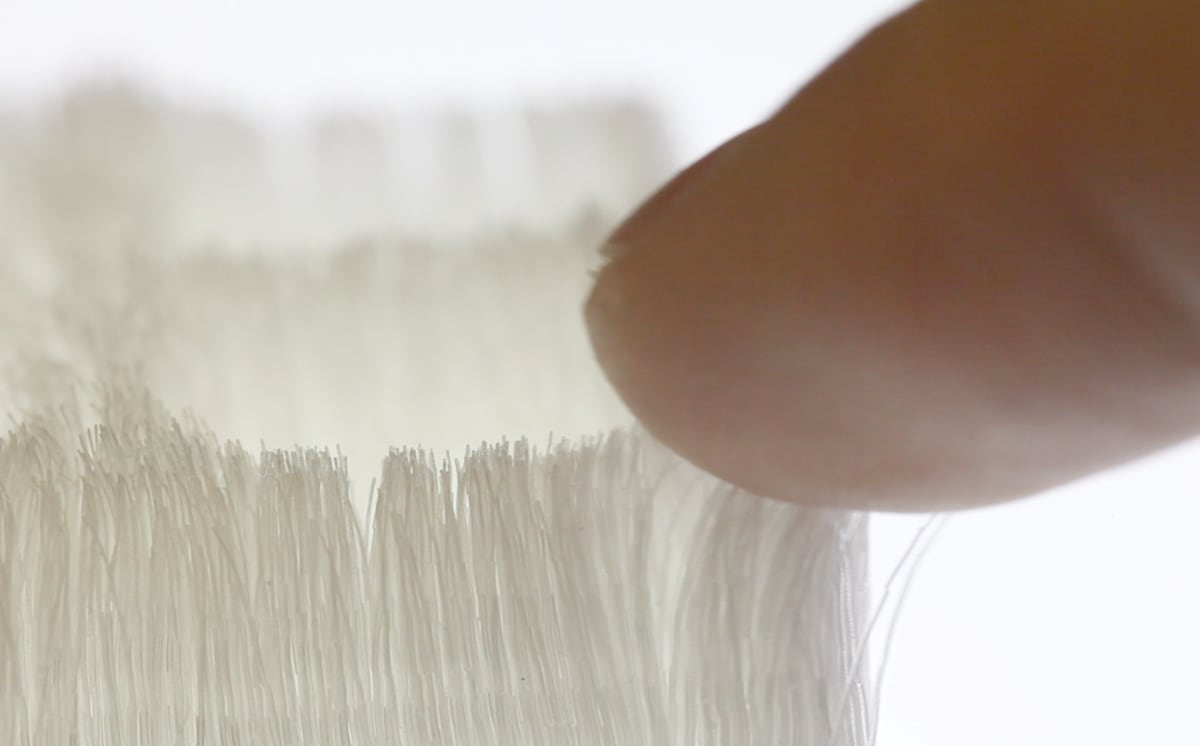Cilllia ist eine vom MIT entwickelte Softwareplattform, mit der Haarsträhnen in einer Dicke von nur 50 Mikron Durchmesser schnell erstellt und gedruckt werden können – etwa so groß wie ein menschliches Haar.
Das Programm kann druckerlesbare 3D-Dateien so erstellen das Tausende von Strängen prozessual generiert werden können, anstatt jeden Strang einzeln berechnen zu müssen. Das spart Zeit und Rechenpower.
3D-gedruckte Haarstrukturen könnten für künstliche Pelzbekleidung mit wasserresistenten Eigenschaften oder in bestimmten Winkeln erzeugt wie Klettband genutzt werden. Aufgebracht mittels Software kann so jedes 3D-Druckteil „prozessual“ Haarstrukturen bekommen. Cilllia kann Haare in unterschiedlichen Längen, Dicken und Richtungen erzeugen. Für den 3D Druck reicht aber kein FDM-Drucker aus. Hier bedarf es einen SLA 3D Drucker wie den Form 2 von formlabs, welcher auch bei uns im ViNN:Lab vorhanden ist. Wobei aktuelle Modelle hier an ihre Grenzen gebracht werden, da Auflösung und Größe der Bauplattform nur kleine Objekte mit Haaren zulassen.
Mehr dazu auf der Projektseite unter:
http://tangible.media.mit.edu/project/cilllia/
Cilllia is a software platform developed by MIT that allows hair strands as thin as 50 microns in diameter to be printed quickly – about the size of a human hair.
The program can create printer-readable 3D files so that thousands of strands can be process generated instead of having to calculate each strand individually. This saves time and computing power.
3D-printed hair structures could be used for artificial fur clothing with water-resistant properties or generated at certain angles like Velcro. Applied by software, any 3D print part can get „processual“ hair structures. Cilllia can create hair in different lengths, thicknesses and directions. However, no FDM printer is sufficient for 3D printing. This requires a SLA 3D printer like the Form 2 from formlabs, which is also available in our ViNN:Lab. Whereby current models are brought to their limits here, since resolution and size of the building platform allow only small objects with hair.
More about this on the project page:
http://tangible.media.mit.edu/project/cilllia/

